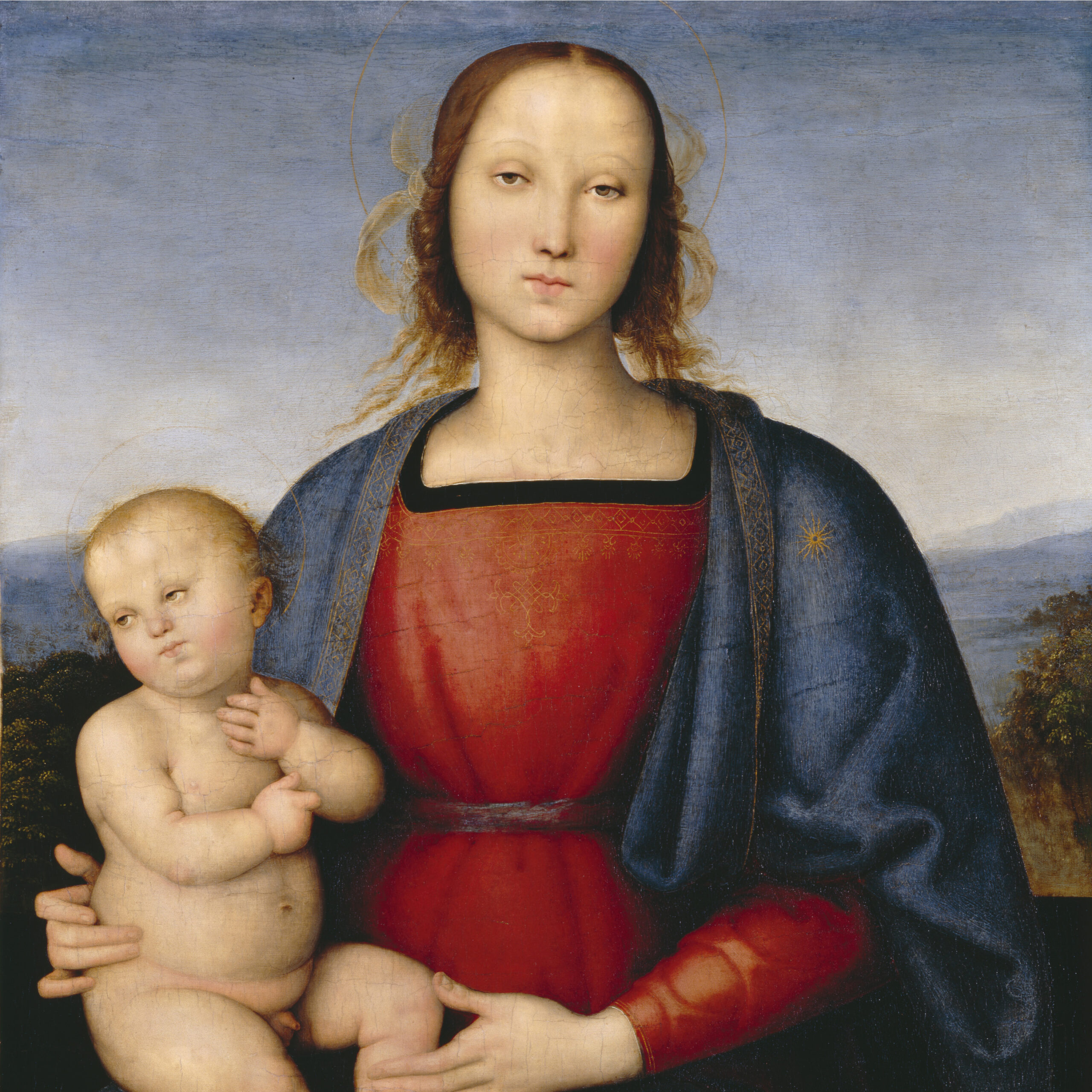
Last Supper – Gemaeldegalerie – Berlin
The panel was originally conceived as predella panel for the Pala Tezi, that Perugino realized in about 1500 for the Chapel of the Tezi family

The panel was originally conceived as predella panel for the Pala Tezi, that Perugino realized in about 1500 for the Chapel of the Tezi family

The painting, probably realized in Florence between 1495 and 1500, depicts the Madonna, seated in the foreground facing the viewer and gently holding the Child,

The painting was probably commissioned to be used as a processional banner by the Brotherhood of Sant’Agostino of Perugia: the composition in fact recalls the

The panel depicting Saint Bartholomew was part of the Polyptych of Sant’Agostino, a majestic two-faced altarpiece commissioned by the Augustinian friars and realized in two

The work, purchased in Rome, depicts in the foreground the Madonna, richly dressed in a dress with a decorated neckline and sitting on a pedestal,

The two tables depict respectively the Resurrection and the Baptism of Christ; given the symmetrical construction of the compositions and the small size, they were

This work, preserved in the room where the Pope meets Heads of State, repeats some suggestions that Perugino had already experienced in Umbria, as the

The altarpiece, conceived to adorn the Cappella dei Prior in Perugia, was originally commissioned by the Decemviri in 1479 to Pietro di Galeotto, but he

The frescoes in the Stanza dell’Incendio di Borgo were realized as part of the decorative campaign commissioned by Cardinal Giuliano della Rovere once he became

This work was realized by Perugino together with his assistants, including Pintoricchio.The scene, set in a fairy-tale landscape characterized by some large rocks, narrates on